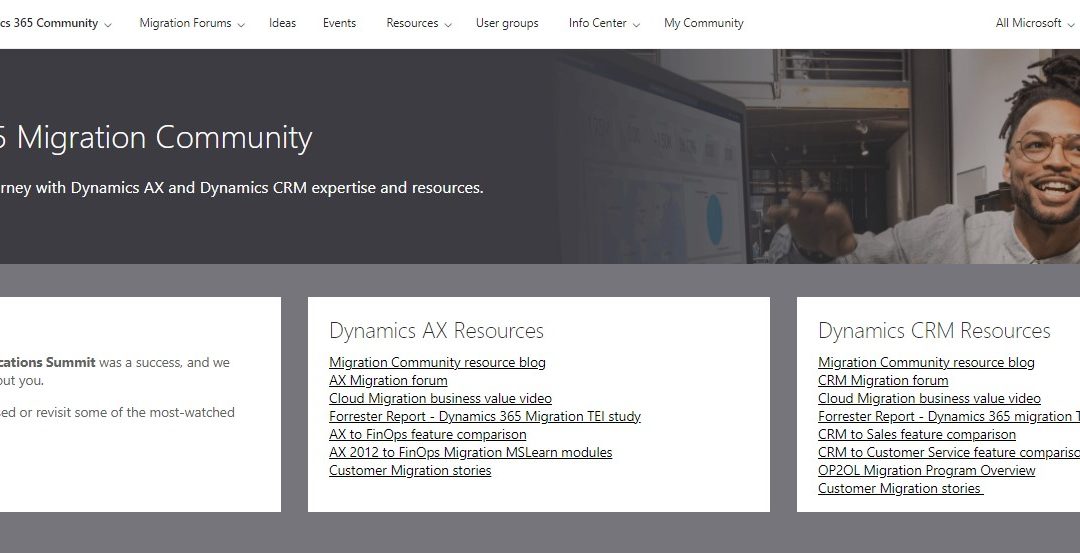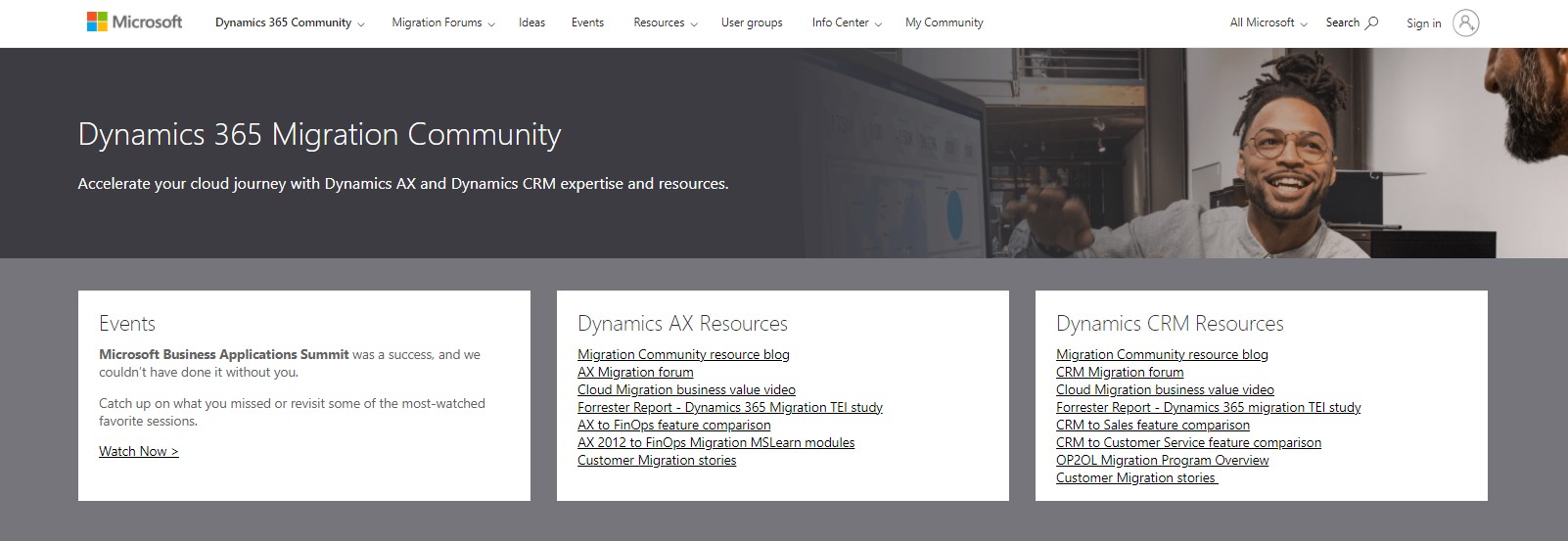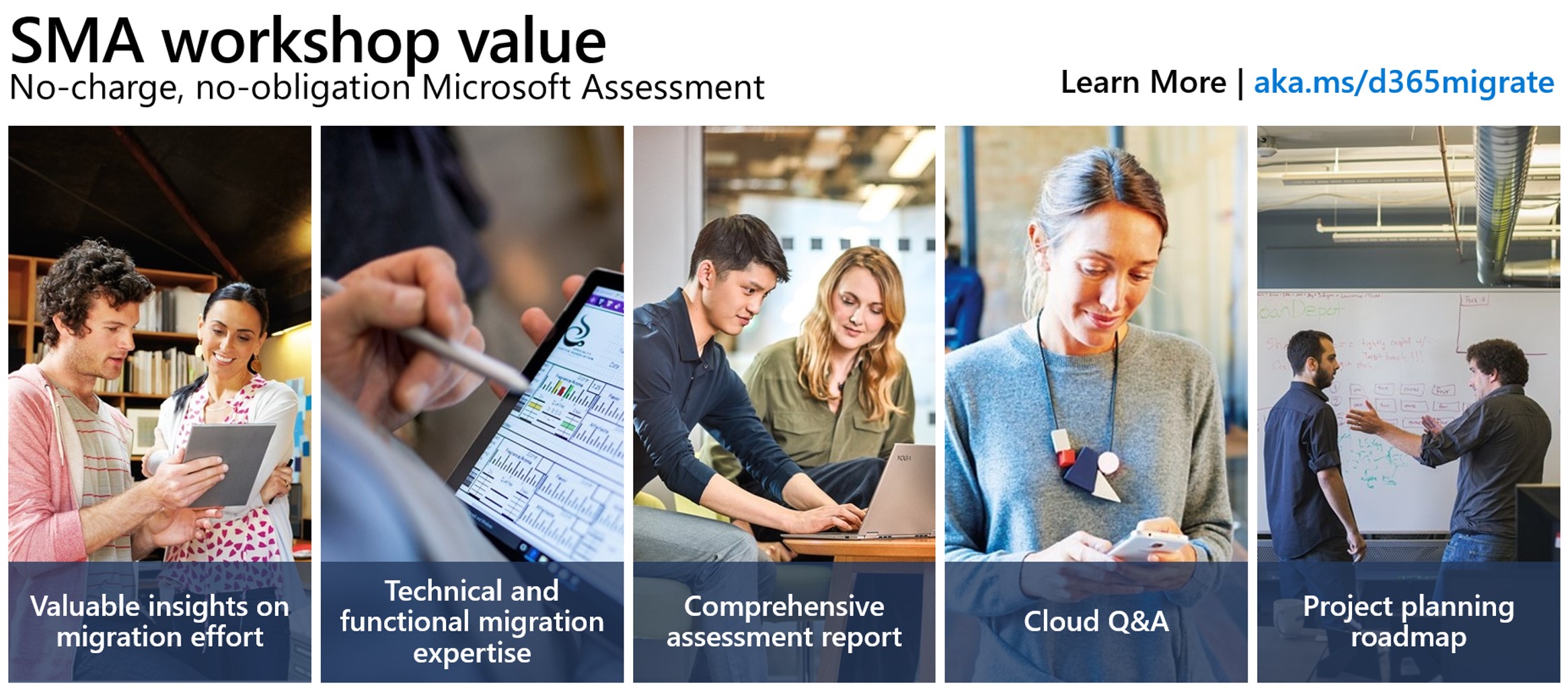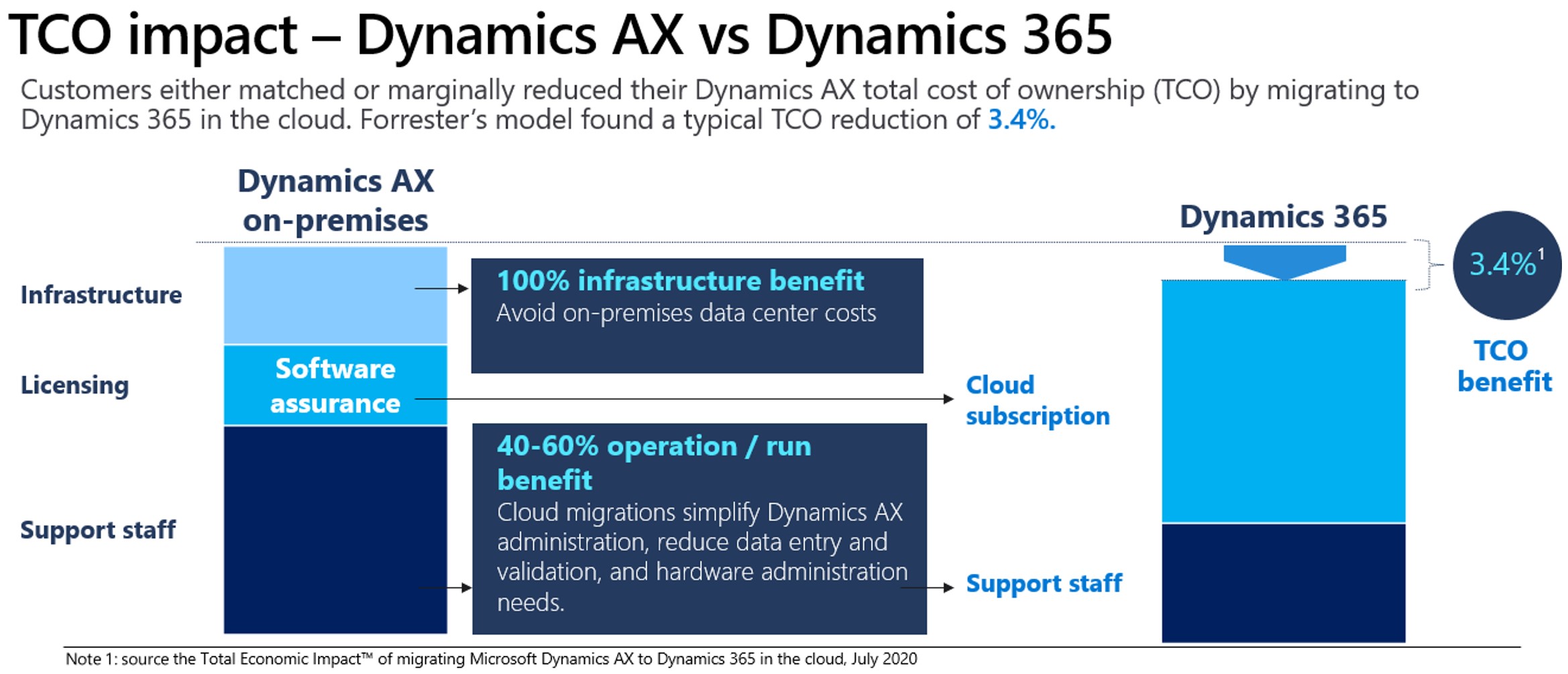Many of the forces driving rapid change in B2C commerce are now propelling transformation in the B2B space. Buyers of all types demand an easy, convenient online shopping experience, a requirement that has been accelerated by the pandemic and as Millennials take the decision-making reins.
Over time, the demand for an omnichannel, user-centric e-commerce experience will grow in every space, including B2B. The good news is that with B2B e-commerce for Microsoft Dynamics 365 Commerce, we’re delivering the same integrated, secure, and seamless experience for B2B e-commerce as we do for B2C companies. Plus, businesses who compete in both spaces can use the same holistic commerce solution in both scenarios.
1. B2B buying is moving online
When examining how the pandemic has accelerated e-commerce, it’s clear that this rapid transformation has touched every industry, every sector, and every business type. Online shopping hit new records before the pandemic and surged more than 209 percent in April 2020 alone, according to ACI.
In the B2B arena, more buyers are shopping online than ever before, too. According to McKinsey & Company, just 20 percent of B2B buyers say they hope to return to in-person sales. This proves to be especially true in sectors where field-sales have long dominated, including pharma and medical products. And this shift is not just for small purchases. B2B consumers are making large purchases online. The same McKinsey & Company research found that 70 percent of B2B decision-makers are open to making remote or self-service purchases over $50,000, and 27 percent would spend more than $500,000.
According to Digital Commerce 360, US B2B e-commerce sales increased by 11.8 percent to $2.19 trillion in 2020, up from $1.3 trillion in 2019. This market is near double the opportunity as B2C e-commerce, which was $861.12 billion in 2020, according to Digital Commerce 360.
Kent Water Sports have been actively working with Microsoft to bring Dynamics 365 Commerce to both consumers and business partners to improve buying experiences.
“Our customers are thrilled to see inventory levels and receive automatic shipping notifications from our system now that we’ve added the Dynamics 365 B2B e-commerce capabilities. Altogether, it’s a much better experience for our B2B customers. Rhett Thompson: IT Corporate Director” – Kent Water Sports
2. Supply chain agility is a necessity
The pandemic has highlighted just how critical supply chain agility is, as demonstrated by the headline-making supply chain shocks. In addition to the toilet paper shortages in the pandemic’s early days, other supply chains, such as medical supplies, silicone chips, appliances, and even bicycles, have buckled. A year later, supply chains have still not fully recovered.
According to a November 2020 commissioned study conducted by Forrester Consulting on behalf of Microsoft, supply chain agility is one of the three major areas that retailers and consumer packaged goods companies are focused on as part of a successful digital commerce strategy. These businesses are addressing agility by increasing visibility throughout their product’s journey and embracing technologies such as machine learning and AI to drive automation. Companies must be able to connect supply chain technology with their digital commerce systems to gain access to real-time inventory visibility and leverage AI to optimize fulfillment and ensure inventory availability at the right time and place.
3. User experience is at the forefront
In recent years, consumers have come to expect certain conveniences when shopping online that improve their experiences. From depositing checks through a smartphone app to sending money instantly without a fee to grocery delivery, companies have increasingly made our lives easier through integrated technologies and a focus on the customer experience. When shopping online, B2C consumers have come to expect easy-to-use digital storefronts, customizable products, package tracking, and simplified checkout and payment options.
As Millennials become more senior in business, they’re questioning why B2B should be any different, citing a disconnect between an archaic spreadsheet-driven B2B buying experience and how they conduct their personal online activities. Back in 2017, Forrester already noted that Millennials have taken over B2B buying power, with 73 percent of Millennials involved in B2B purchasing decisions. A more recent study by Demand Gen found that 44 percent of Millennial respondents indicating they are a primary decision-maker at their company for purchases of $10,000 or more.
Creating a seamless customer experience is a must for all businesses. B2B e-commerce is no exception and companies like Britax Rmer have been working with Dynamics 365 Commerce to provide more robust experiences and discoverability for retailers and streamline the customer’s buying journey.
4. Personalization requires integration
Personalization is a growing trend in B2C retail that is making its way to the B2B commerce space, too. B2B buyers are sophisticated. They’re the tech-savvy Millennials and buyers of all ages who are used to seeing personalized recommendations, purchase history for easier reordering, chat options for instant customer service, and more.
Delivering this personalization requires a more integrated customer experience, from in-person to online and back again, which relies upon unified data and greater transparency. In a special blog series for retailers, we discussed how to achieve visibility through Dynamics 365 Commerce in part two of the series. The takeaways from this series can be applied to B2B, too.
Although e-commerce is booming, it’s expected that in-person shopping for both B2C and B2B customers will rebound. Before the pandemic, Capgemini Research Institute found that 59 percent of consumers worldwide had high levels of interaction with brick-and-mortar stores. As things return to the new normal, a lower number, 39 percent, expect a high level of interaction with physical stores. B2B retailers need to deliver seamless omnichannel experiences that tie together online and offline interactions.
5. Security, privacy, and fraud prevention are critical
In our Forrester study, security and privacy were highlighted as the third critical component for successful digital commerce, while expanding e-commerce widens the scope of risks. In addition to protecting customer data, businesses must protect themselves from both fraud and security breaches. According to Retail TouchPoints, online fraud losses reached $40 billion globally in 2018. The study also showed that 52 percent of retail and CPG decision-makers consider the increasing level of sophistication of online threats or attacks as a major security challenge for digital commerce.
A robust system is required for combating fraud, which is why we’ve made it easy to integrate Microsoft Dynamics 365 Fraud Protection into Dynamics 365 Commerce. It provides tools and capabilities to decrease fraud and abuse, reduce operational expenses, and increase acceptance rates while safeguarding user accounts.
How to get started with B2B e-commerce for Dynamics 365 Commerce
We’ve created B2B e-commerce for Dynamics 365 Commerce to help you streamline and simplify self-service buying for your B2B customers. It provides a unified omnichannel solution that can meet organizational needs for both B2C and B2B e-commerce in a single platform. It also helps companies provide more personalized e-commerce experiences while ramping up security, privacy, fraud prevention.
Learn more about B2B e-commerce for Dynamics 365 Commerce today or contact us to join a demo or to speak with a specialist about Dynamics 365 Commerce.
The post 5 trends transforming B2B buying and e-commerce appeared first on Microsoft Dynamics 365 Blog.
Brought to you by Dr. Ware, Microsoft Office 365 Silver Partner, Charleston SC.








Recent Comments